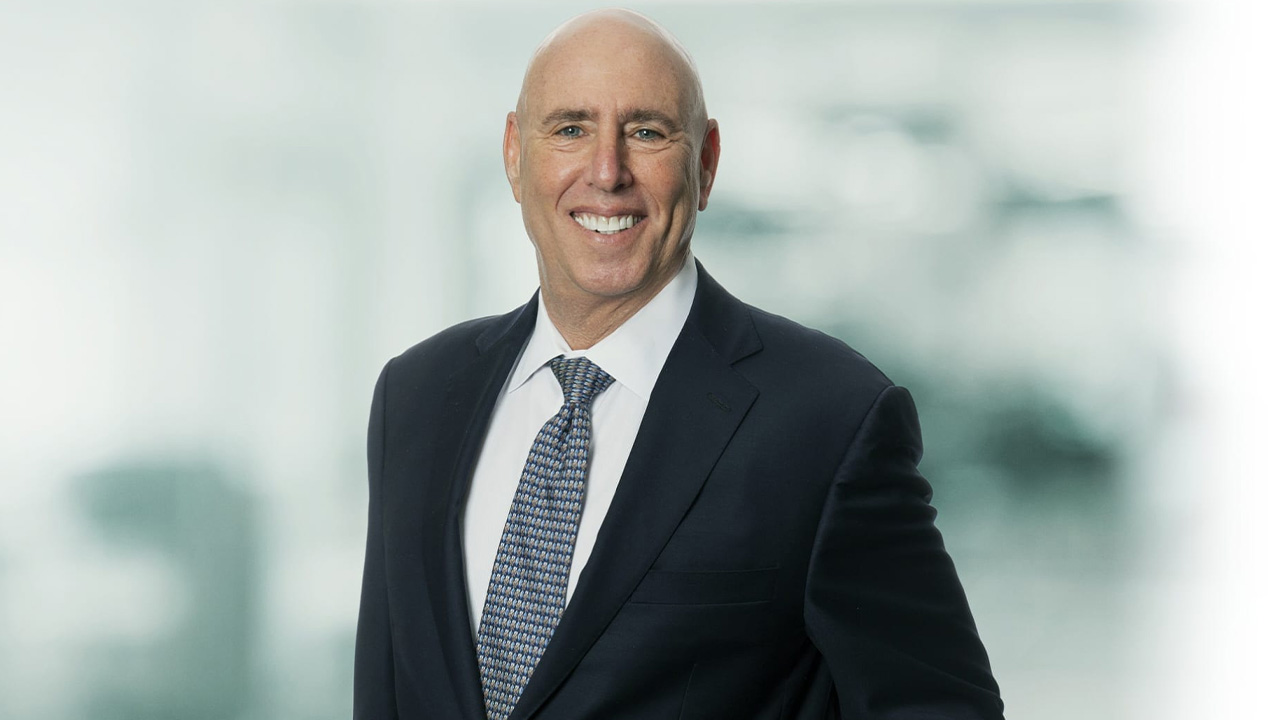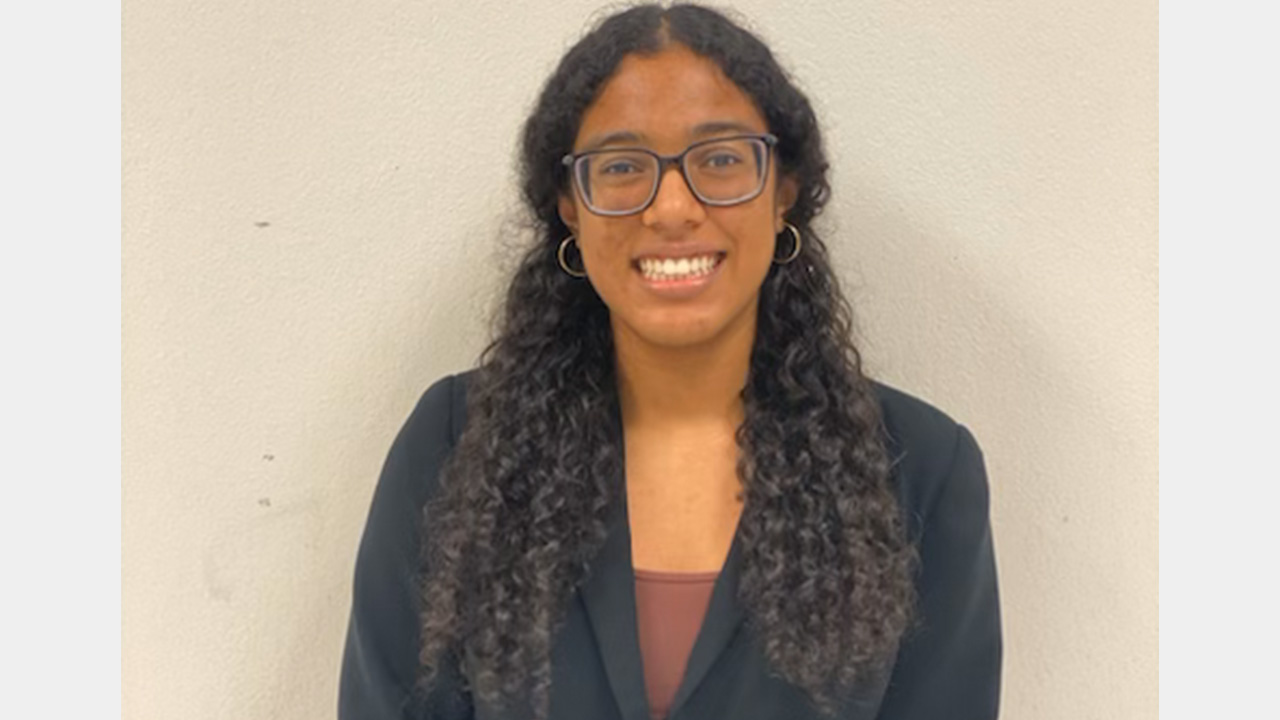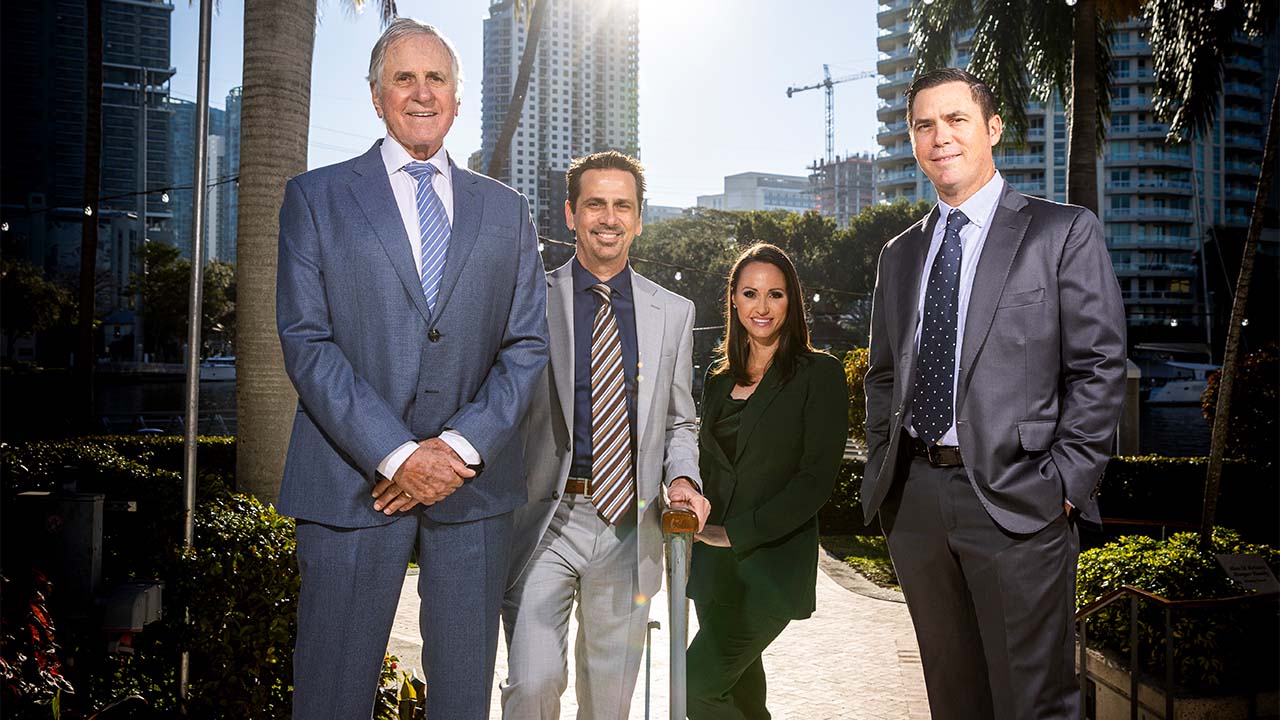By Luis Salazar
The office closures and other changes to daily life that have resulted from COVID-19 have professionals around South Florida scrambling to find ways to keep business going. One of the best methods for staying in contact with clients, customers, staff members, and the public, is through video conferencing and webinars.

While some may be pros in a live presentation setting, there are new rules that apply when our talks go from face-to-face to screen-to-screen. There are additional elements we never had to consider before, such as lighting, sound and positioning. And for those who aren’t familiar with Zoom or other video platforms, the process may seem overwhelming.
As someone who has been using virtual technologies for many years, I’ve gathered a list of what to do, and what not to do, when participating in a video conference:
DO’s
- Dress Professionally. You may be at home, but first impressions still count. While suits can stay in the closet, you don’t want to completely ignore a business dress code.
- Wear solid colors. Warm solid colors look best on camera and are the least distracting. Save your favorite prints for the weekend.
- Keep good posture. Remember to sit up straight with your shoulders relaxed.
- Let there be light. Before your video conference begins, take a moment to make sure you are in a well-lit place. Natural light is best, if you can get near a window.
- Think about camera position. Your camera should be eye-level or a bit higher, and about an arm’s length away.
- Do create a studio. Just as creating a workspace at home helps with efficiency and having a more effective workday, create a clean, clutter free area for your broadcast.
- Check your video and audio before the call to confirm all is in order. This is an important step that can save you from scrambling at the start of a meeting.
- If you are leading the call, explain the purpose and what you hope to accomplish. You should also share an agenda, etc., to cut down on confusion.
- Do introduce yourself. Let people know who you are the first time you speak. Include your job/role and relation to the topic.
- Stay tuned in. Keep your eye on the screen and your body turned to the camera to keep and show engagement.
- Mute when not talking. Be respectful of others on your videoconference and keep distracting noise to a minimum.
- Look at the camera. If you are presenting or leading, try to look at the camera not at the screen.
- Use visual cues. Judiciously using your hands to make a point still makes sense and keeps you engaging.
DON’TS
- Avoid Pajamas and Bed Hair. As mentioned earlier, while we may not be in the office. we still want to appear professional. Plus, your colleagues don’t need to see that.
- Avoid patterns. Avoid busy patterns, such as stripes, animal prints, or plaid. When it comes to wardrobe styles on video conferences, simple is best.
- Don’t slouch. Present your best self by sitting up straight. Avoid laying way back on your couch, too.
- Don’t stand in front of the light. Make sure you aren’t placing yourself between the camera
and your light source, unless you want to look really sinister.
- Don’t be a disembodied head. Avoid too much space between the top of your head and the top of the screen. Also, avoid bottom up camera angles that look right up your nose.
- Don’t forget that pizza box. Take a moment to clean up your space before hopping on a call. Again, the goal is still to maintain a professional appearance.
- Don’t tinker. Avoid adjusting your camera and computer during the call. Those changes should be worked out prior to the start of the meeting.
- Don’t assume it’s just like real life. Videoconferences are still new to many and lack typical visual cues to guide interactions. That is why a little organization at the beginning can help tremendously with the flow of the meeting.
- Don’t ramble. Avoid droning on about yourself and remember that it is easy for other callers to get board or distracted.
- Don’t read emails or Slack. Avoid the temptation to multitask simply because the computer is in front of you. It’s obvious when you are answering emails or paying attention to other things. Give your full attention to the meeting.
- Don’t let your dog on the call. Ok, this can be hard if you suddenly find yourself stuck at home, but try to avoid noisy areas. Don’t forget you can always pause the camera, too. If your kids suddenly run into the room or if you need to step away, you may want to toggle the camera off button.
- Don’t charge the camera. Avoiding moving your hands or yourself toward the camera suddenly, as it can be shocking for the viewers. Simple hand movement and other visual cues are good, but avoid larger, more drastic movements.
With a few pointers, and some practice, anyone can master the art of video conferencing. As we all continue to adjust to our new workdays, I encourage everyone to incorporate video as a way to stay connected and productive.
Luis Salazar is the founder of Salazar Law, LLP, a Coral Gables-based boutique law firm representing clients throughout the country in matters involving commercial litigation, compliance, corporate law and restructuring. He may be reached at Luis@Salazar.Law.












